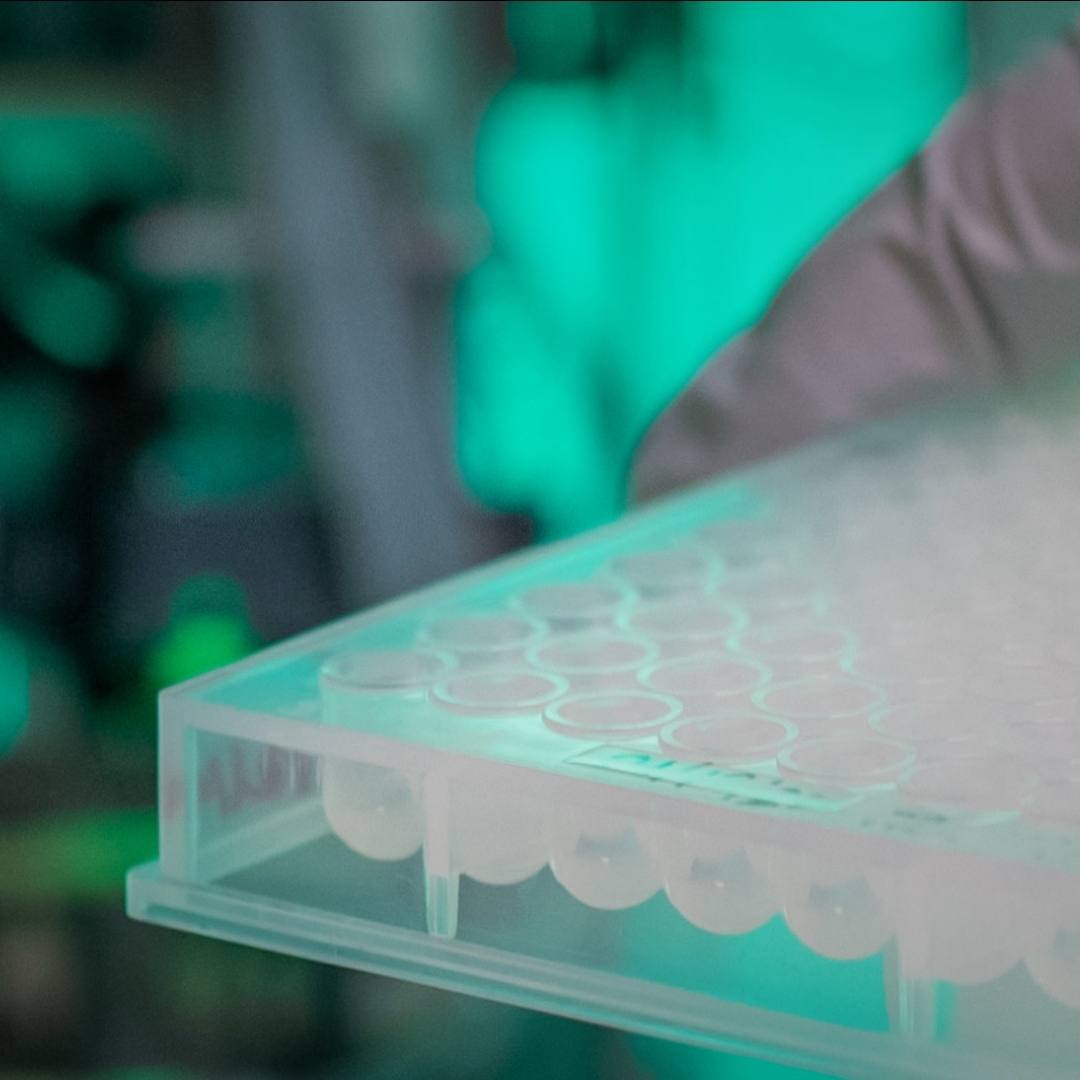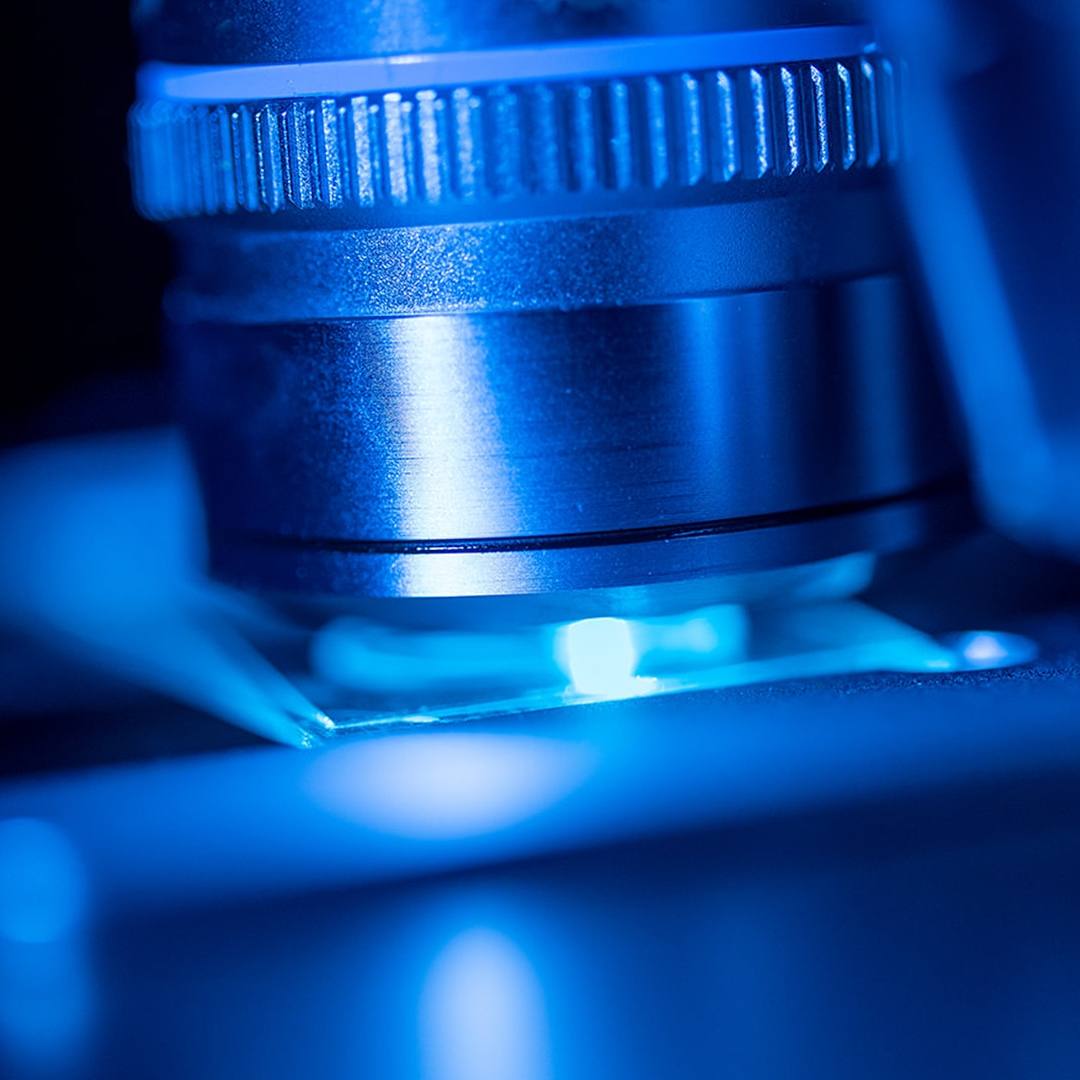
The Histology Laboratory in Mayo Clinic’s Department of Laboratory Medicine and Pathology processes more than 350,000 paraffin-embedded blocks every year as lab staff prepare tissue slides for pathologists to evaluate. Each of those blocks represents a patient waiting for answers.
Although lost specimens within the Histology Lab are rare — less than one-half of 1% are ever misplaced — if even one specimen goes missing, it has the potential to be devastating for that patient.
"We're aiming for zero. One patient block gone is one too many, especially if we've taken the only specimen they have," says Heather Nowacki, the Histology Lab's pathology accessioning supervisor.
“A small mole, for example, may be all the material available for assessment. If that sample is lost, the opportunity for a diagnosis is lost, as well.”
The effort to safeguard all specimens reaches into every corner of the lab, even the garbage cans. “Our area is busy, with 1,300 to 1,700 paraffin blocks processed every day,” Nowacki says. “When staff get into the groove of their work, it’s possible for something to get knocked off the counter or get lost in the shuffle as things are being thrown away. We never want a specimen to end up in the trash.”
Read the rest of the article on the Mayo Clinic Laboratories blog.
____________________________________________
Other Mayo Clinic medical research websites:
- Research at Mayo Clinic
- Discovery’s Edge
- Advancing the Science
- Forefront
- Center for Individualized Medicine
- Center for Regenerative Medicine
- Center for the Science of Health Care Delivery
- Mayo Clinic Cancer Center







